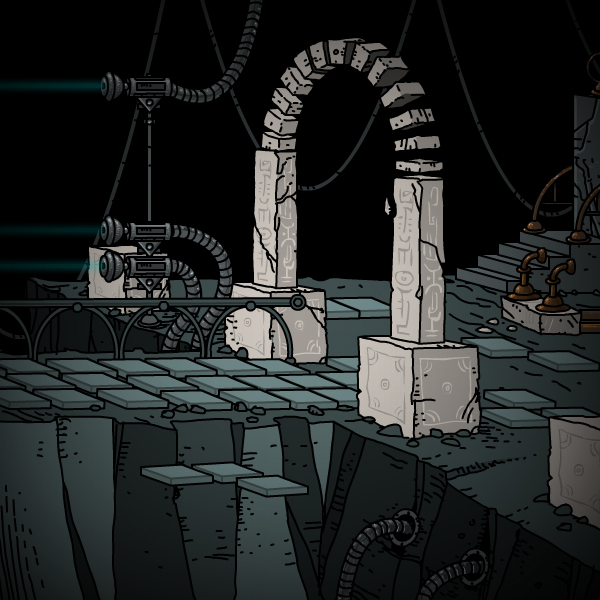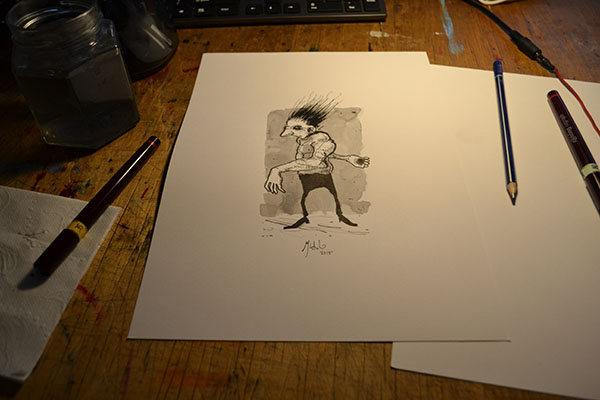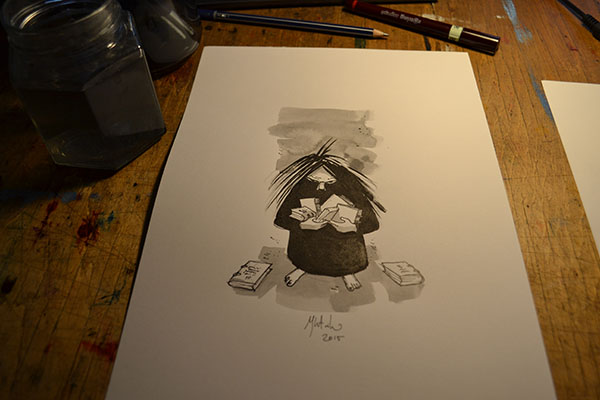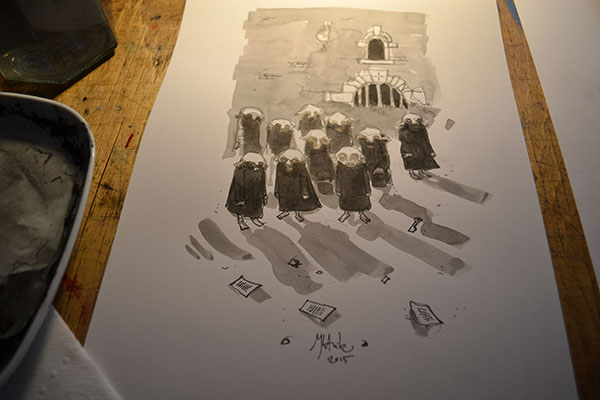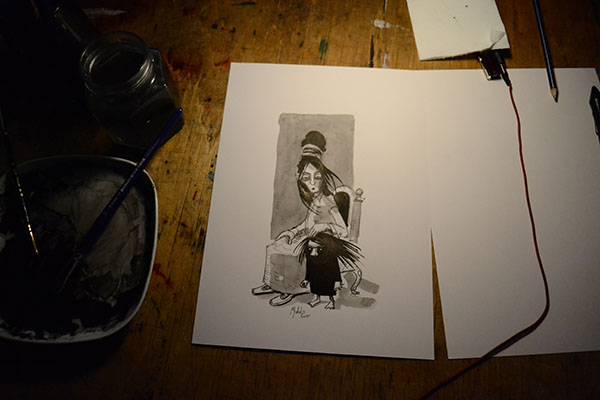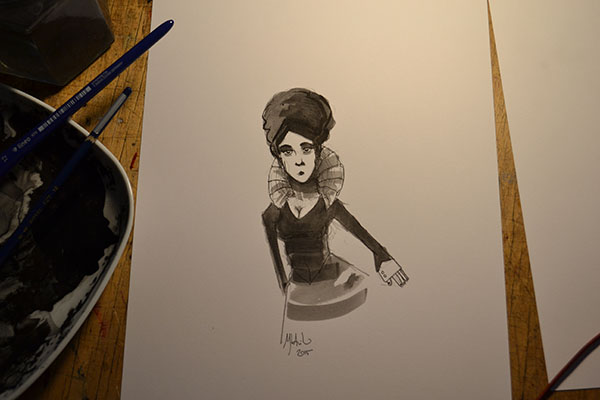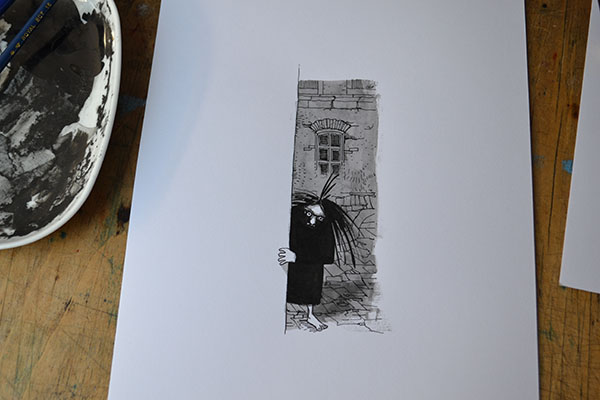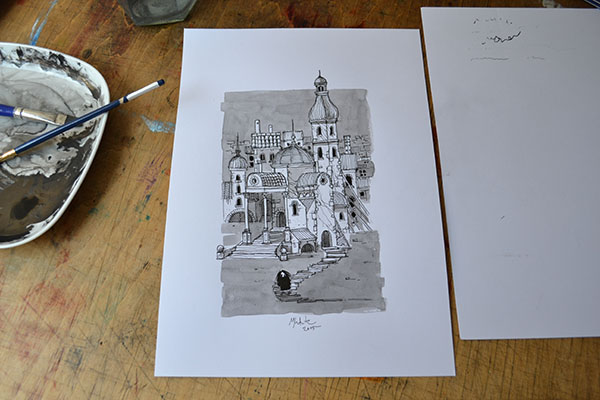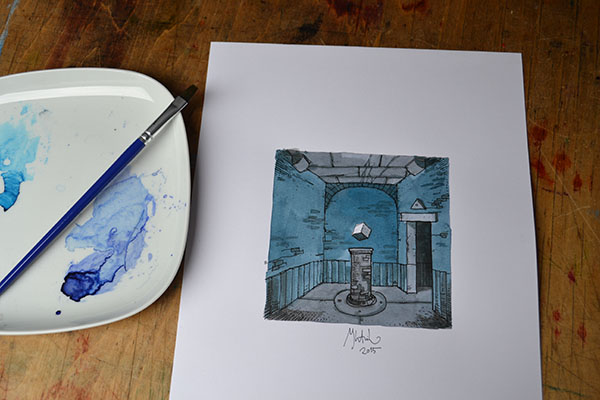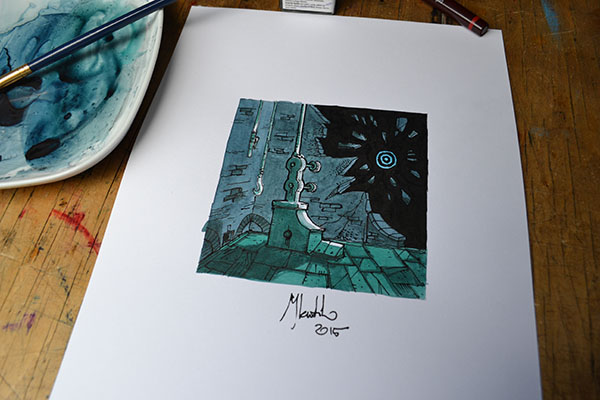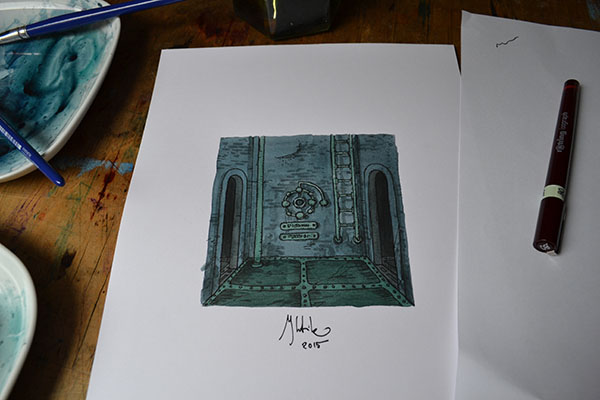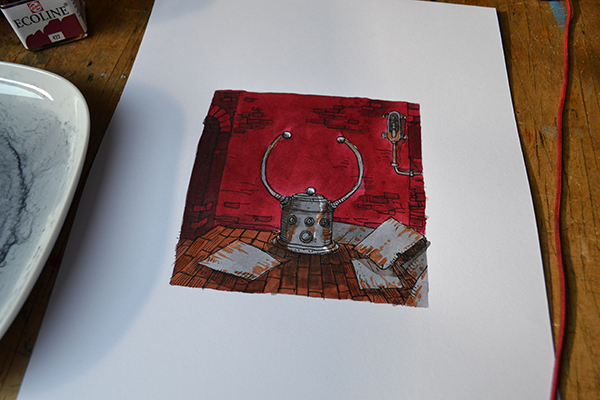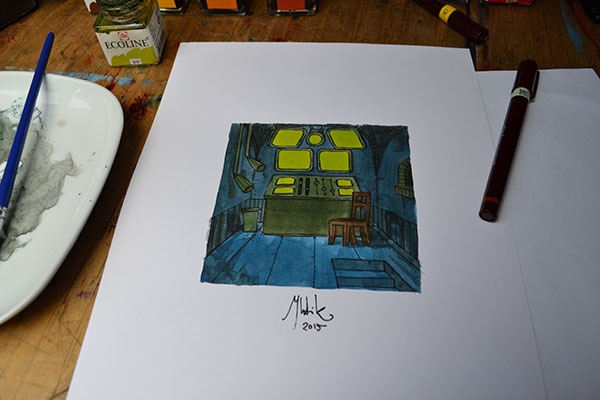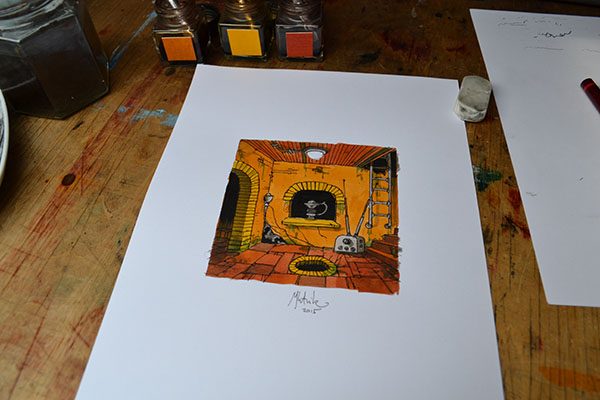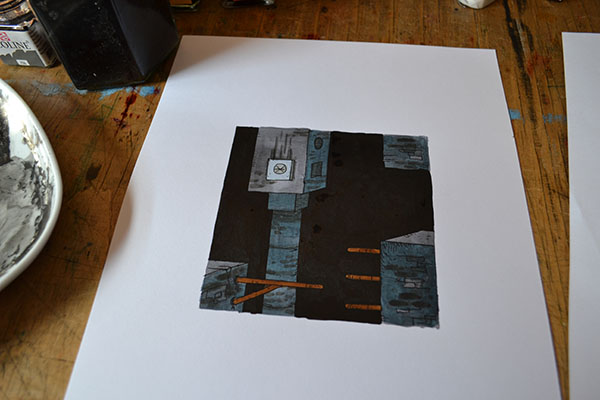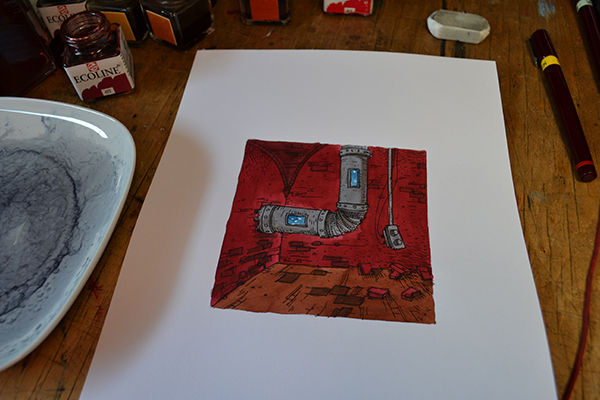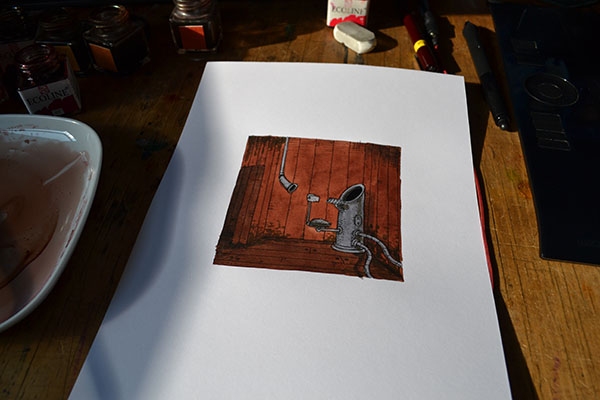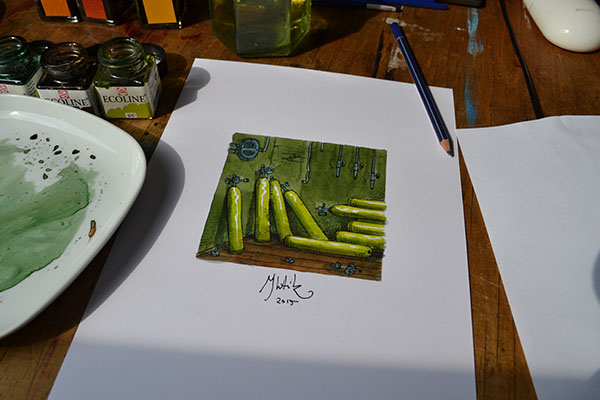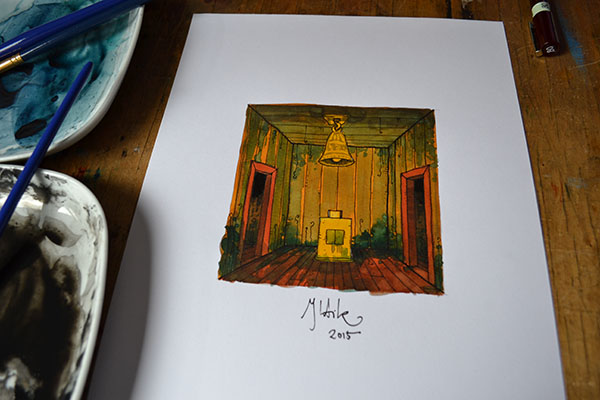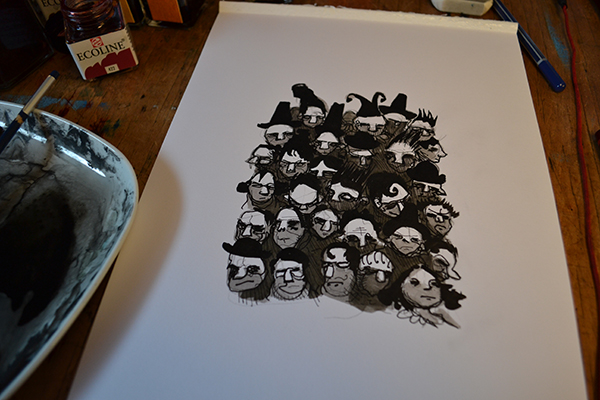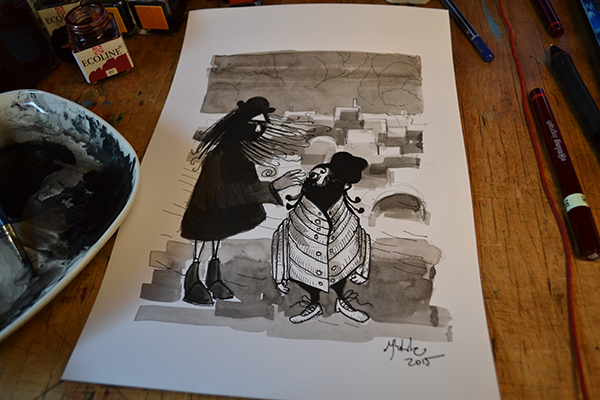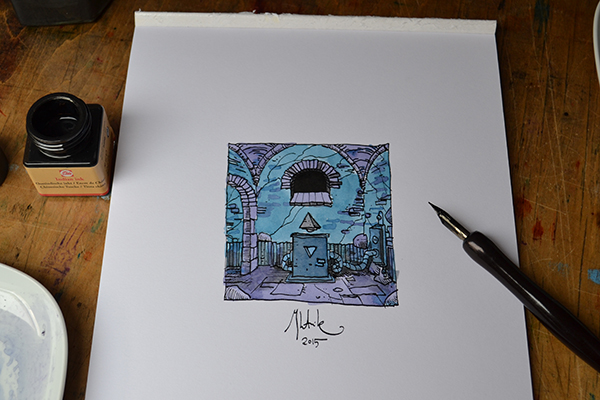Submachine 10, -ak-‘s review
January 3, 2016
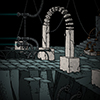 The end of era.
The end of era.
A decade worth of intrigues, mysteries, and theories all come together in an absolute full loop and ended resoundingly in the only place where we could possibly be.
Rest assured that the majestic and atmospheric network of Submachine has deserved its proper conclusion to one of the most creatively-crafted PNC series ever conceived by taking you to places you never expected to land and still managed to enjoy their ominous architectures while solving deviously designed puzzles. We expected nothing less from outer dimension of the mind, Mateusz Skutnik, and yet he still deliver unexpected development that’s the core signature of Submachine series.
Submachine 10: the Exit is the game we ardent fans absolutely deserve the chance to play a main Submachine game one last time, one that Mateusz deserves to end the series with.








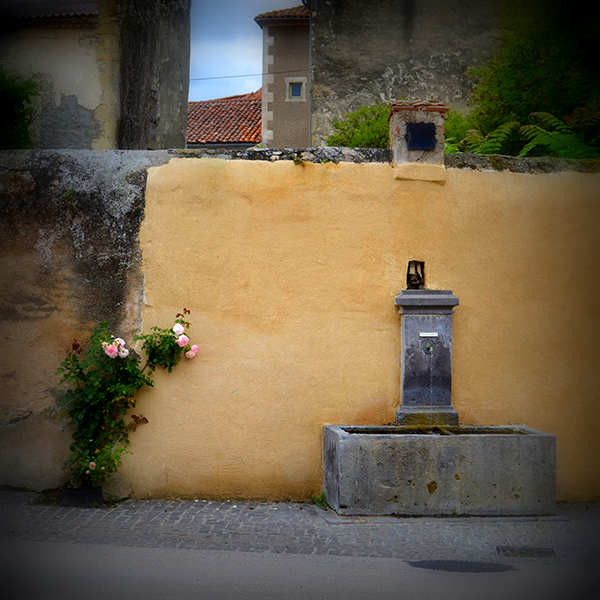
 10 : The Exit
10 : The Exit